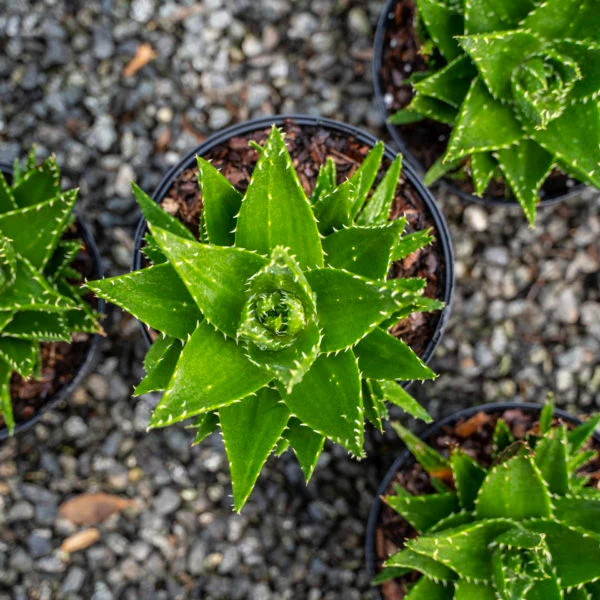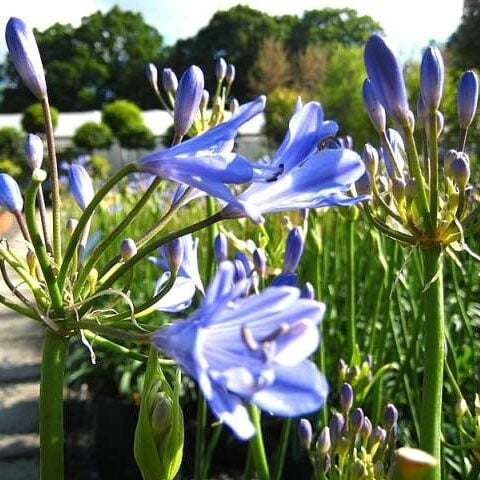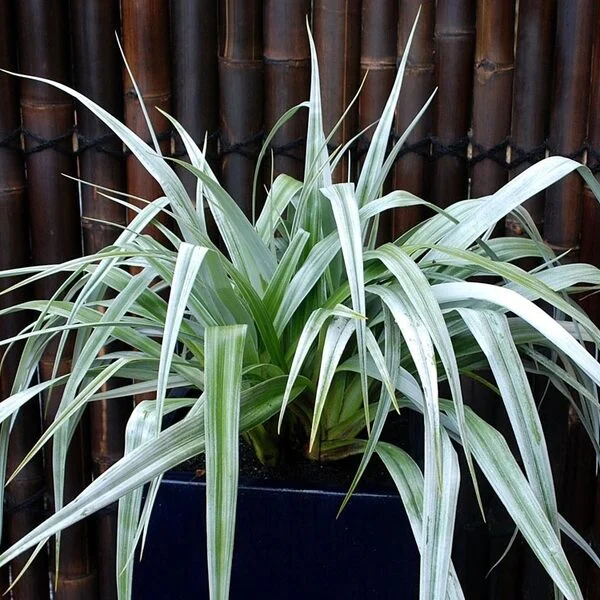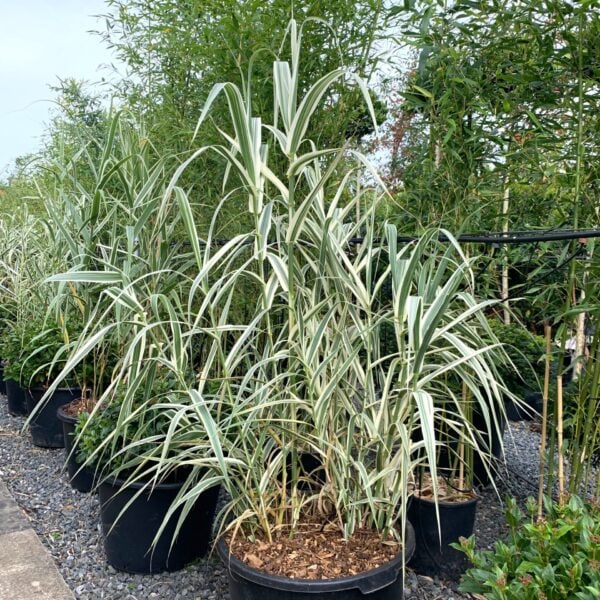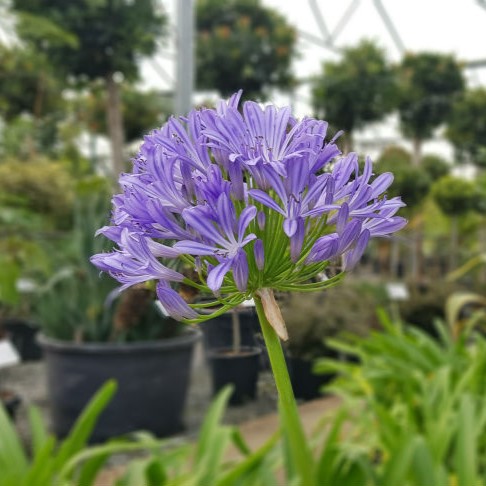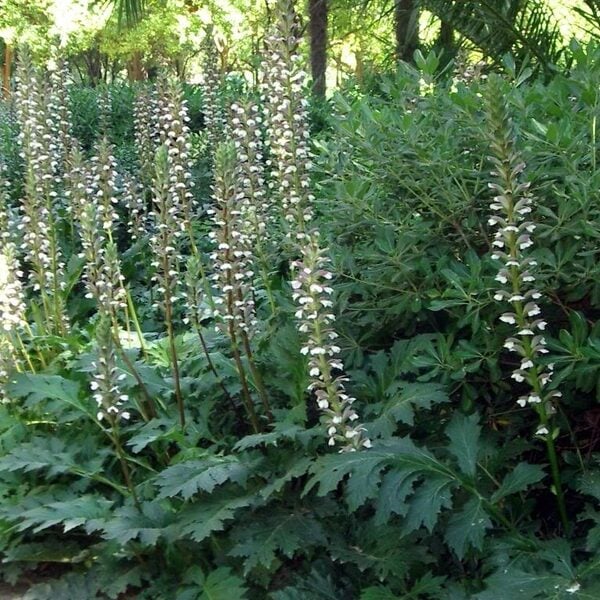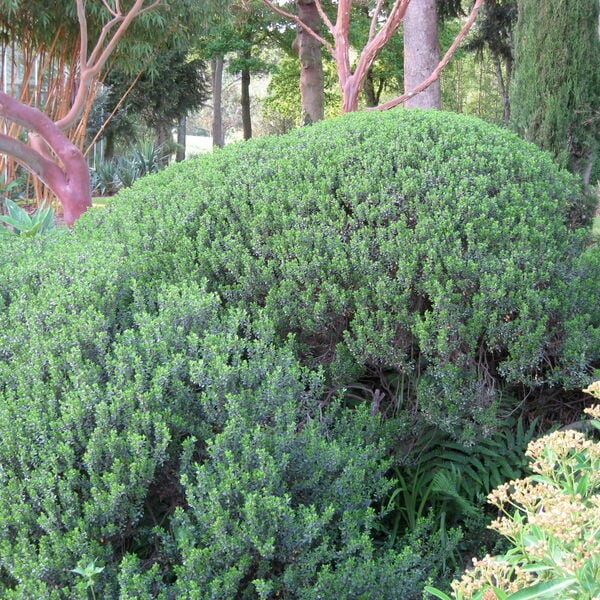Cunninghamia Lanceolata (Chinese Fir)
A slender evergreen, pyramidal tree to 50metres in its native lands of Taiwan, south and south-eastern China. The bark is russet with leaves that are slender, dark green above and paler beneath in twin rows along the shoots.
It needs moist but well drained soil and is best sheltered from strong winds. There are lovely specimens in Kent, west to the Cornish peninsula and southern Eire. The rot and termite resistant lumber is used for bridged, ships and lamp posts. Please contact us for stock availability and sizes.

Hardiness level Amber
A slender evergreen, pyramidal tree to 50metres in its native lands of Taiwan, south and south-eastern China. The bark is russet and nicely ridged and textured into scales. Technically it has needles, but the foliage is thick and lustrous and each one is slender but hefty in size, springing from all around each sinuous stem to thickly-wrap them: imagine a fuzzy candelabra. Dark green above and paler beneath (‘glabrous’) the leaves are sharply-defined and very striking. The leaves are arranged in twin rows along the shoots, which give this tree a distinctly Araucaria-like set to its outfit. That sort of makes sense for Cunninghamia is another living example of one of the more ancient, or ‘fossil’ tree species.
Historically the timber from these trees has been very valuable, because its rot and termite-resistant qualities make it eminently suitable for building things which are best being rot and termite-proof such as bridges, ships and lamp posts. Whether or not you’re worried about termites you could just plant one to enjoy a smashing hunk of tall, evergreen architectural majesty in your garden.
Introduced to Kew by William Kerr in 1804 this species has a long and established pedigree in UK gardens, mainly in the grander houses and country estates whose owners could afford them and whose gardeners could be trusted to care for them. There are lovely specimens at the National Pinetum in Kent, and if you’re more west then hurry down to Longleat and see theirs. Location-wise the best specimens do seem to be clustered in the wetter, milder corners of the southerly-bits of the UK, and it’s said to reach its best dimensions in areas of decent and consistent rainfall. Take that as your direction for where to plant yours: it really needs moist but well drained soil, and is best sheltered from strong winds.
N.B. When clipping several plants with the same tool, have a bucket containing a 5% bleach solution and swish your blades around for 30 seconds between plants to sterilise them. This will help avoid the chance of cross contamination of disease.
As with all woody plants, plant high, exposing as much of the taper at the base of the trunk as possible. Allowing soil to accumulate round the base of a tree can be fatal. Keep very well watered when first planted.
Additional Information |
|
|---|---|
| Continent of Origin | |
| Hardiness | |
| Light | |
| Plant Type | |
| Situation | |
| Soil Type | |
| Specialist Plants | |
| Tree Size | |






